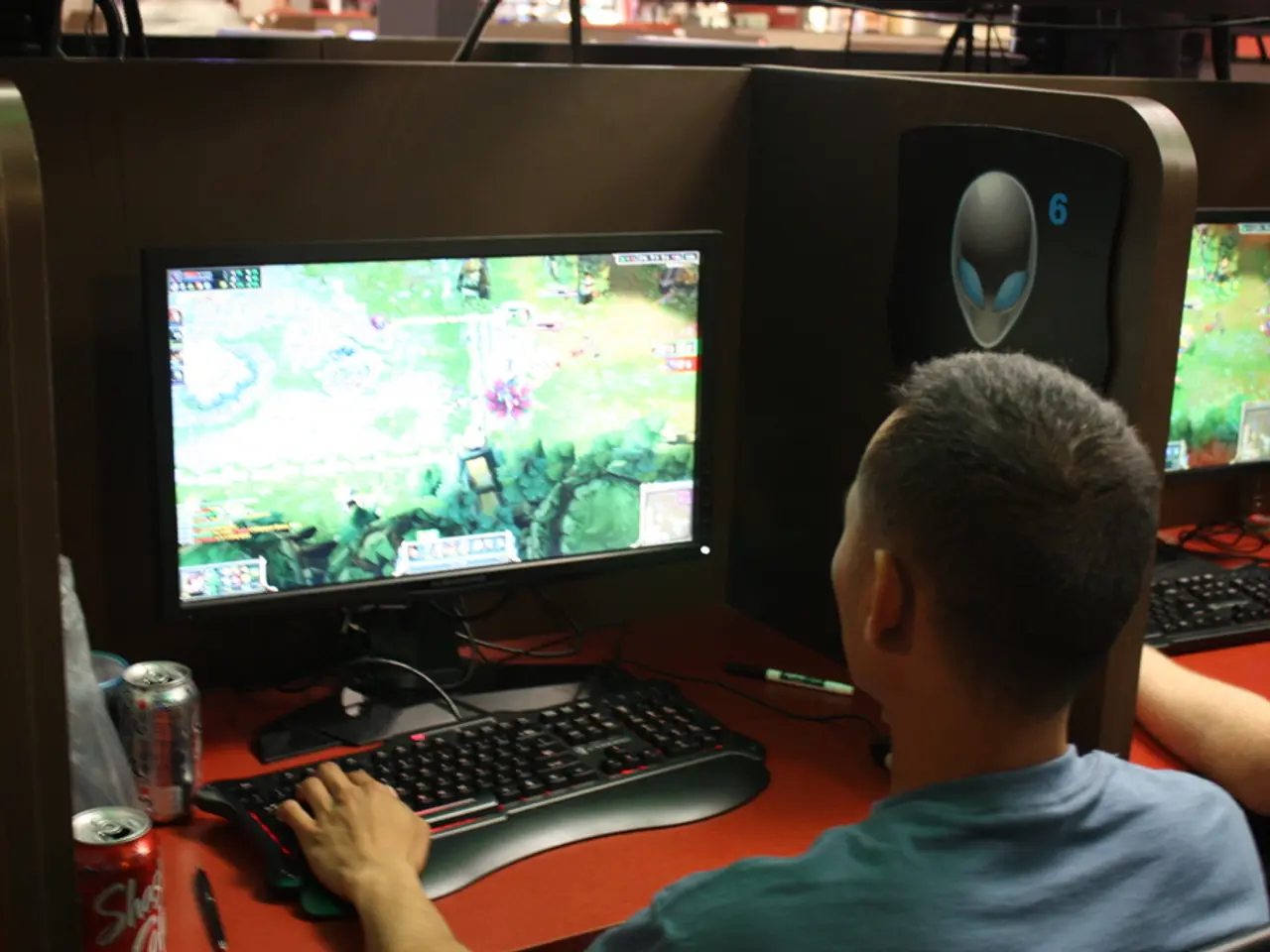Workplace Motivation Strategies: Exploring the Science of Rewards and Positive Reinforcement
In today's fast-paced work environment, maintaining employee engagement and productivity is a crucial challenge for many companies. One innovative solution that is gaining traction is gamification, a strategy that applies game elements to everyday tasks in the workplace. By integrating elements such as points, badges, leaderboards, and challenges, gamification turns mundane tasks into interactive and rewarding experiences, fostering a more engaging and productive workforce.
At the heart of gamification lies operant conditioning, a behavioral learning principle first proposed by B.F. Skinner. This theory suggests that people are more likely to repeat behaviors that are rewarded and avoid behaviors that are punished. In the context of the workplace, gamification acts as a form of positive reinforcement, rewarding desired behaviors (completing tasks, hitting targets, collaborating) with tangible or symbolic incentives (points, badges, recognition).
The Power of Gamification in the Workplace
Gamification offers several benefits for employees and employers alike. By providing clear goals and measurable progress, it increases focus and a sense of achievement. The immediate, continuous feedback and rewards reinforce desirable behaviors, keeping employees motivated and engaged. Turning work into enjoyable, game-like experiences increases intrinsic motivation and participation, leading to higher engagement, retention, and performance.
Moreover, gamification fosters healthy competition and social recognition, enhancing connection and belonging. By offering different ways to earn and celebrate wins, it addresses generational differences, ensuring everyone feels included. Studies show that 85% of employees are more engaged when work feels game-like, and 90% find gamified learning to be effective [1][2][3].
Ethical Considerations
While gamification holds great promise, it's essential to implement it ethically. This includes being transparent, respecting privacy, and making rewards realistic, avoiding turning it into a digital Big Brother. Social recognition, such as leaderboards, public achievements, and team wins, taps into people's love for status and belonging, but it's crucial to ensure that it does not lead to unnecessary pressure or competition [4].
The Future of Workplace Gamification
The global gamification market is expected to grow significantly, with predictions suggesting it will grow from $43B in 2024 to $172B by 2030. Today, 70% of Global 2000 companies are already using some form of gamification, and this number is likely to increase as more companies recognize the benefits of this innovative strategy [5].
In conclusion, gamification, grounded in operant conditioning principles, transforms employee motivation by making work clearer, more rewarding, and inherently enjoyable, resulting in greater engagement, well-being, and performance. By understanding why people stay engaged, feel valued, and do their best work, gamification has the potential to revolutionize workplace culture and productivity.
[1] "The Science of Gamification: How Game Thinking Can Engage and Change the World" by Nick Pelling (2014) [2] "Gamification: How Gamers Think and How Developers Should Think about Gamers" by Gabe Zichermann and Michail Katkoff (2011) [3] "The Gamification of Learning and Instruction: Game-based Methods and Strategies for Training and Education" by Karl M. Kapp (2012) [4] "Gamification in the Workplace: A Review of the Literature" by J. C. C. Lee, Y. S. C. Lee, and S. C. Y. Chang (2017) [5] "The Future of Gamification in the Workplace" by Forbes (2020)
- The immediate, continuous feedback and rewards within gamification keep employees focused and motivated, reinforcing desirable behaviors and fostering a sense of achievement.
- Gamification, rooted in operant conditioning, utilizes science to create an engaging work environment, which enhances productivity, employee retention, and overall performance.
- As technology advances, the global gamification market is projected to grow from $43B in 2024 to $172B by 2030, indicating a growing interest in this strategy among businesses.
- While gamification offers numerous benefits, it's crucial for companies to consider ethical implications, such as maintaining transparency, respecting privacy, and preventing unhealthy competition or pressure on employees.




